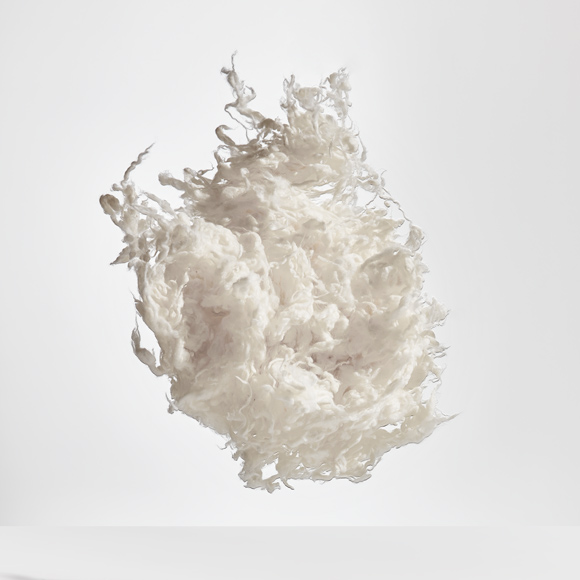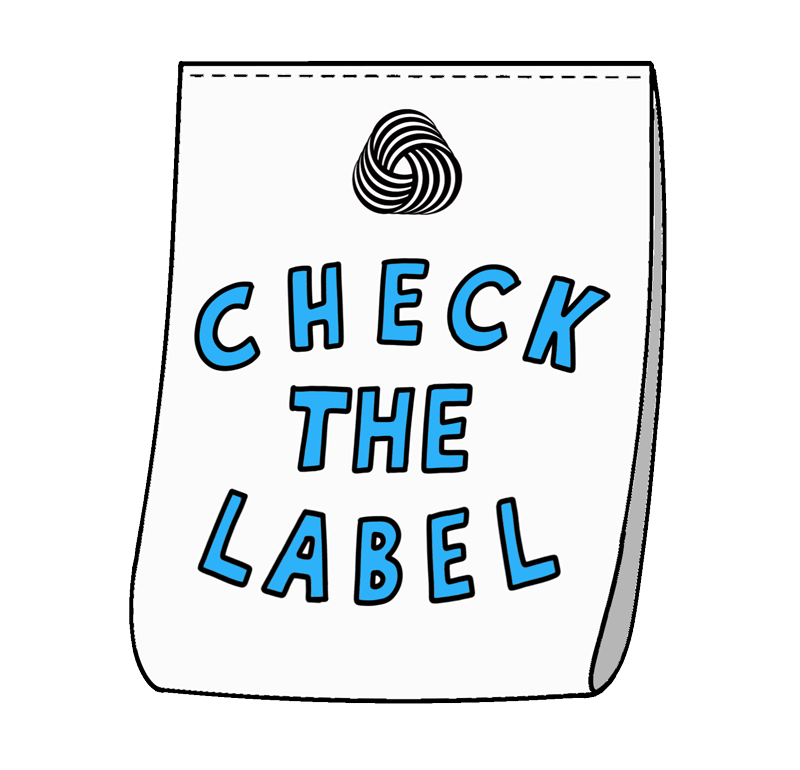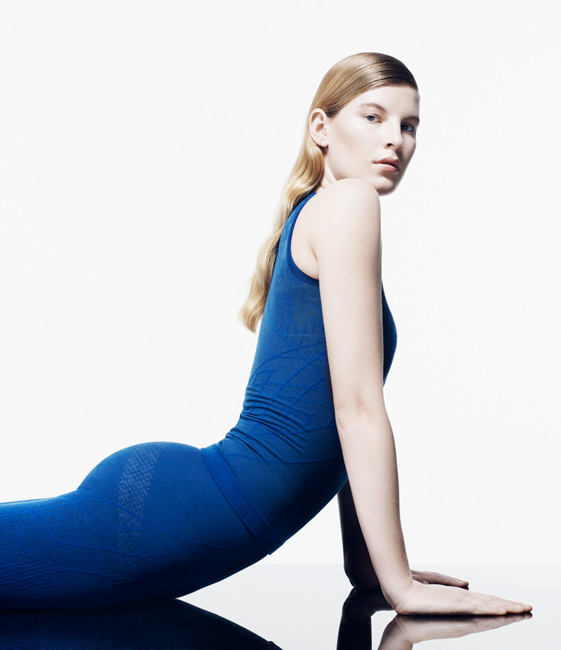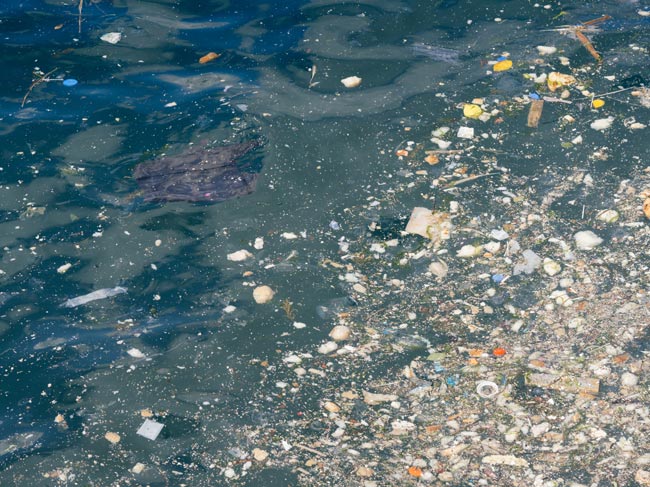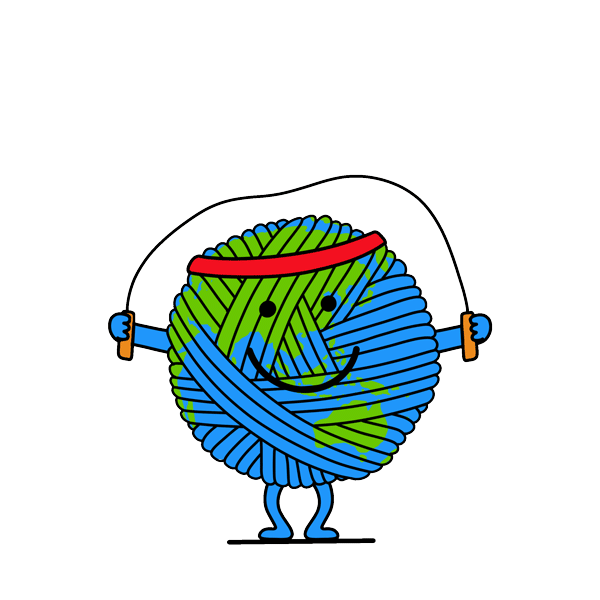
What are microplastics?
Microplastics. Those teeny tiny fragments of plastic often invisible to the naked human eye can have detrimental effects to the health of our ocean, and marine life too.
In fact, it is estimated that 0.6-1.7 million tons of microfibres are released into the ocean every year. Without every global citizen taking action, the amount of these <5mm in diameter particles is set to increase as consumption of plastics and man-made fibres in clothing rises.
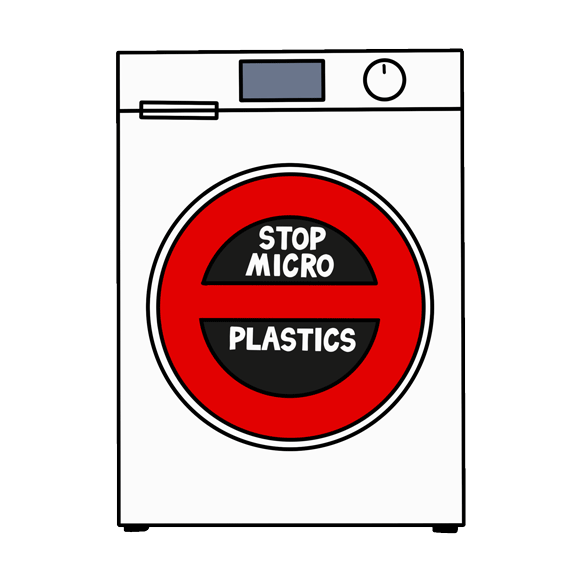
What does my wardrobe have to do with microplastics?
Everything. What you buy, what you wear and what you wash can have a significant impact on the health of our environment.
Synthetic fibres, such as polyester and acrylic, are actually made from plastics derived from crude oil. When worn or washed they release thousands of tiny plastic fibres into the air and waterways. The figures vary depending on the fibre and detergent used, but research has found a typical 5-kilogram wash load of polyester fabrics released more than 6 million microfibres destined for the ocean.



